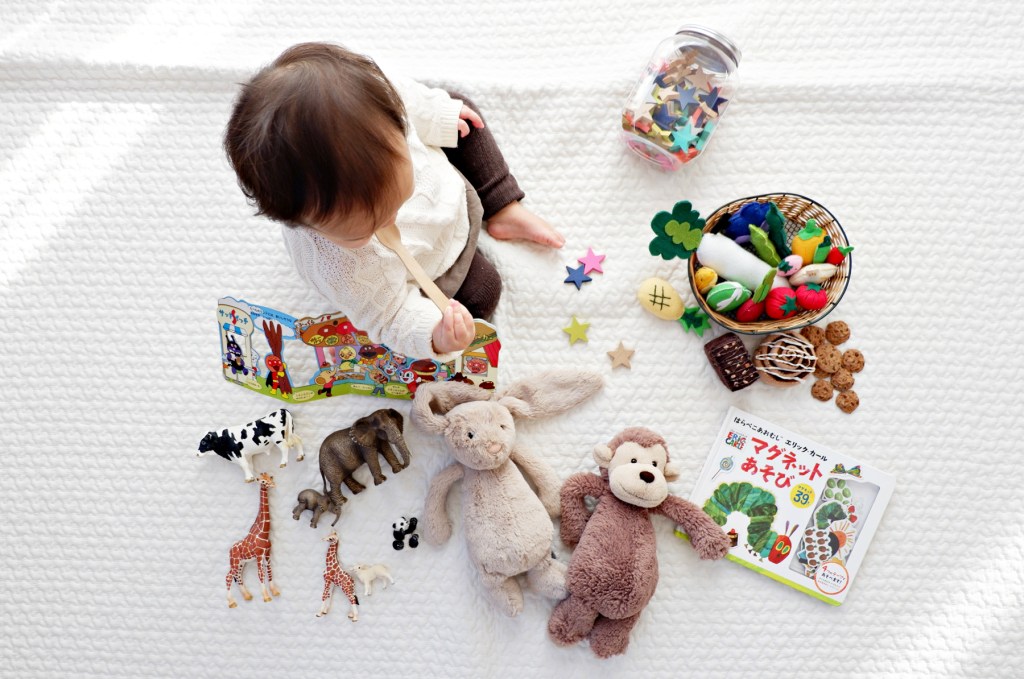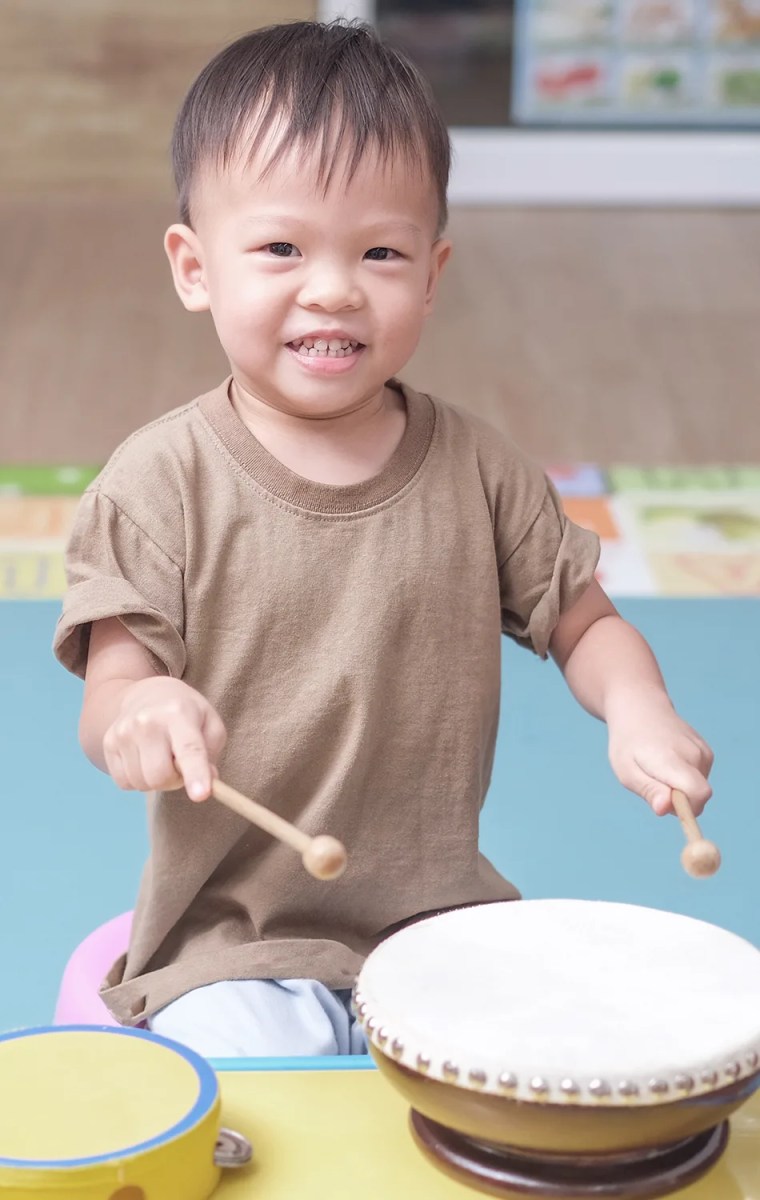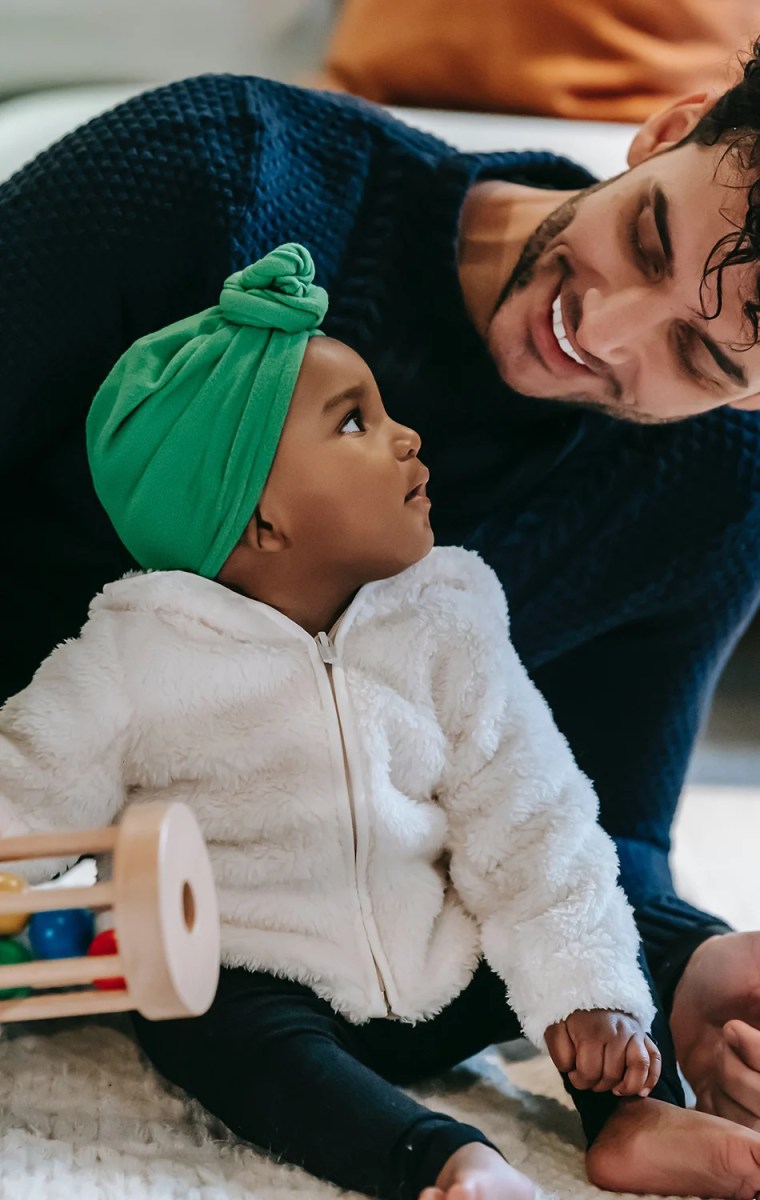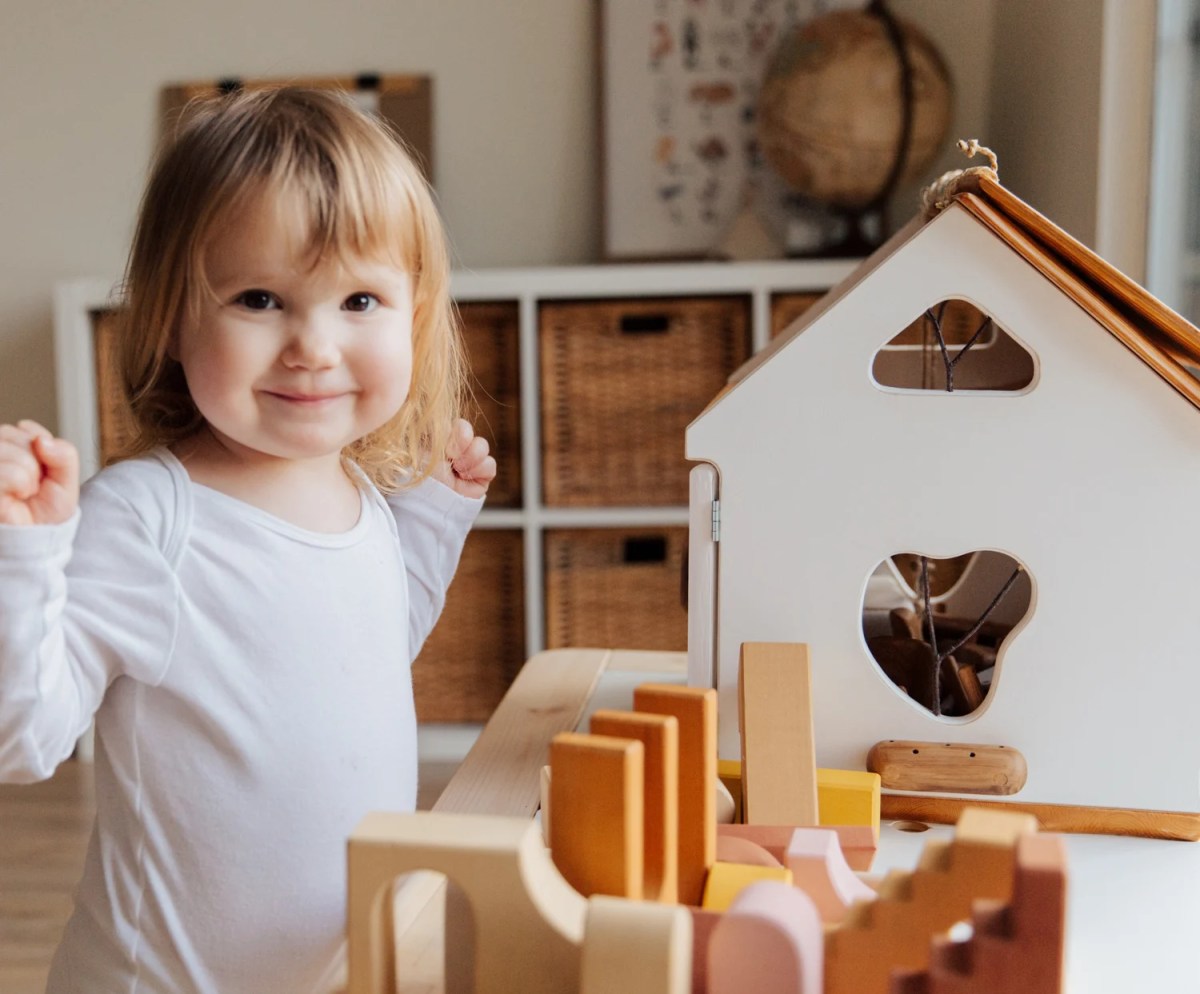Your cart is currently empty!
Toys and Games Perfect for Your 12 Month Old

We aren’t toying around, these knick knacks help your baby develop their brain, fine motor skills, and creativity.
Here’s What You Need To Know:
- The best toys help boost development and increase brain power.
- Toys that include pushing buttons for pop-ups or pulling strings for sounds, help your babe understand cause and effect.
- Giving your little one an instrument to play builds fine and gross motor skills.
- Puzzles help babies build spatial, problem-solving, and fine motor skills.
What Should They Be Playing With?
At the one year mark, your baby is something of a mini researcher, and all the world’s a colorful laboratory. Everything is up for exploration – especially their toys. Toys, new and old, are a great bridge in your baby’s path from sequences to programs. So what should you get then when the holidays approach? The best toys help boost development and increase brain power. Below are just a few ideas to get the ball rolling.




“Cause and Effect’Toys
Toys that include pushing buttons for pop-ups or pulling strings for sounds, help your babe understand how A follows B.
“Real World” Toys
Getting out in the real world and letting your baby see their favorite toys – whether that’s fire trucks, boats, horses, or cars – in action, and as one part of a greater process, is a wonderful way to help their discovery of a new world.
Instruments
As headache inducing as they can be, giving your little one an instrument to play builds fine and gross motor skills. A five-year study by the University of Southern California showed that young children who played musical instruments had an increase in brain development.
Peg Puzzles
Puzzles help babies build spatial, problem-solving, and fine motor skills. These skills are developed as your little one discovers the right spot and then places the piece.
Summary
However your babe is playing, let them play! There are dozens of ways to roll, drop, and arrange toy sets, and your baby is almost certain to try them all.
It’s important to encourage their new, expansive curiosity: studies have shown that one-year-olds touched a toy less after watching an adult display fear toward it.
Sources
- Gersema, Emily. “Children’s Brains Develop Faster with Music Training.” USC News, 23 June 2016, https://news.usc.edu/102681/childrens-brains-develop-faster-with-music-training/.
- Hoicka, Elena. Stephanie Powell, Jenny Knight and Megan Norwood, Two-year-olds can socially learn to think divergently, British Journal of Developmental Psychology, 36, 1, (22)
- Landy S. Pathways to Competence – Encouraging Healthy Social and Emotional Development in Young Children. 2nd edn. Baltimore: Paul H Brookes Publishing Co Inc; 2009.
- Mumme D, Fernald A. The infant as onlooker: Learning from emotional reactions observed in a television scenario. Child Development. 2003;74:221–237.
- Nichols, Sara R., Margarita Svetlova, and Celia Brownell. “Toddlers’ Understanding of Peers’ Emotions.” The Journal of Genetic Psychology 171.1 (2010): 35–53. PMC. Web. 4 Feb. 2018.
- Runco, Mark, Ernest P. Noble, Roni Reiter-Palmon, Selcuk Acar, Terry Ritchie & Justin M. Yurkovich (2011) The Genetic Basis of Creativity and Ideational Fluency, Creativity Research Journal, 23:4, 376-380, DOI: 10.1080/10400419.2011.621859










